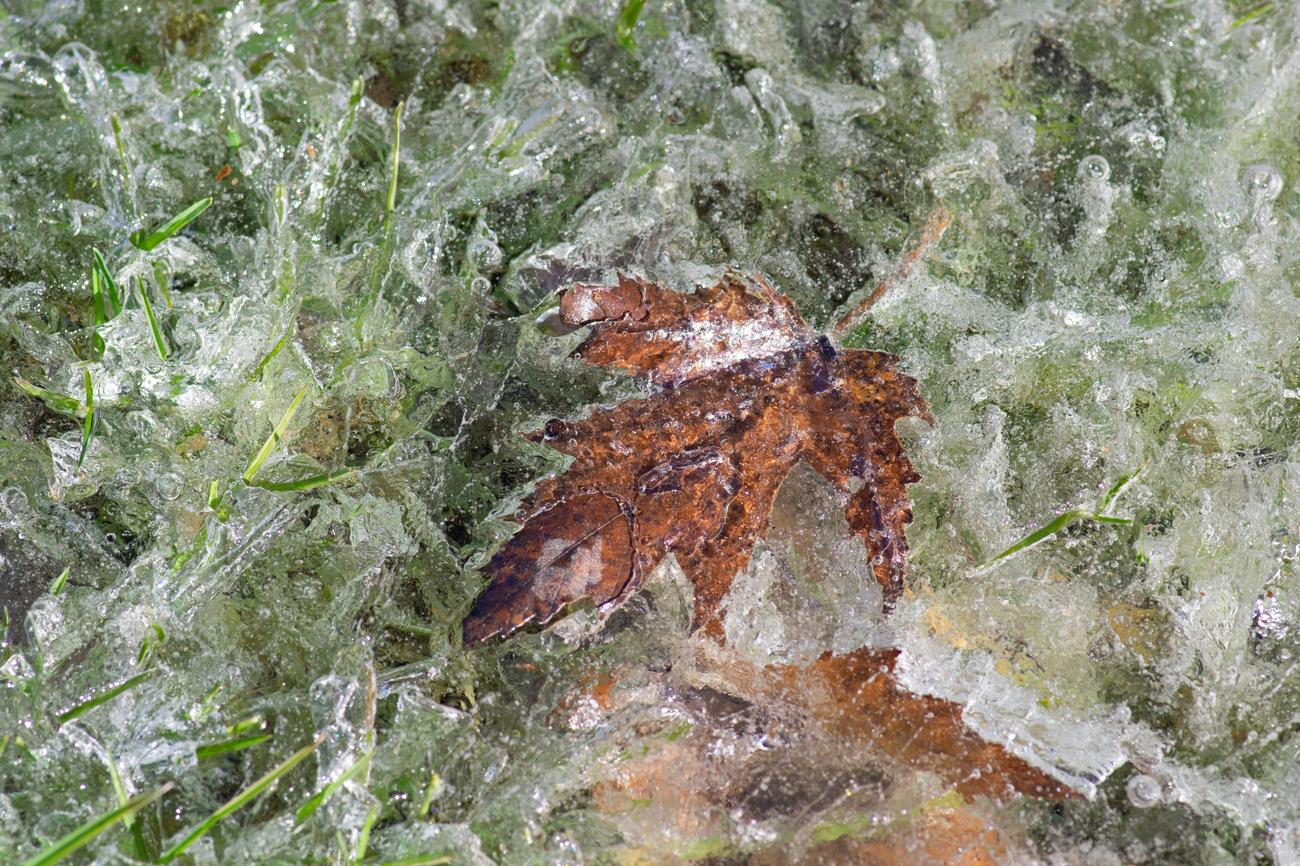Dry ice, an intriguing substance that is widely employed across numerous industries, has attracted scrutiny due to the legal constraints it encounters. With a strong background in safety protocols and regulatory conformance, I possess comprehensive expertise in the scientific properties and potential dangers associated with dry ice in my capacity as a chemical engineer. This exhaustive analysis, entitled “A Chemical Engineer’s Analysis of the Legal Restrictions on Dry Ice,” will examine the rationales that underpin the restrictions imposed on dry ice. By examining chemical safety, risk management, and industry standards, this article seeks to illuminate the reasons why dry ice is governed by such stringent regulations. By doing so, it will provide readers with insightful information that will aid in their comprehension of this captivating subject matter.

Why is dry ice illegal?
Dry ice, an intriguing substance with a multitude of applications, is likewise governed by legal constraints on account of the dangers it poses. I will offer you my expertise as a chemical engineer to elucidate the rationales underlying these regulations. By gaining an understanding of the science and dangers associated with dry ice, one can comprehend why it is subject to particular restrictions.
1. Class 9 Hazard: An Inherently Perilous Categorization
Dry ice is classified as a “miscellaneous” dangerous product under category 9. In contrast to substances characterized by distinct hazards, dry ice’s classification as class 9 indicates the presence of numerous potential dangers. For the secure transportation and management of hazardous materials, this classification system is indispensable.
2. Ventilation Considerations: Perils in Confined Areas
When used in confined areas with inadequate ventilation, such as walk-in refrigerators, coolers, or closed truck beds, dry ice can be especially hazardous. Carbon dioxide gas is produced when dry ice sublimates; this gas has the potential to displace oxygen from the atmosphere. This may result in a substantial increase in carbon dioxide levels within a confined space, thereby creating an atmosphere that is potentially hazardous for individuals who enter said space.
3. Noncompliance with the FIFRA Act
An additional factor contributing to the legal limitations on dry ice is its improper application as a method of rodent control. The Federal Insecticide, Fungicide, and Rodenticide Act (FIFRA), which requires the registration and appropriate regulation of substances used for pest control, did not apply to dry ice. Employing dry ice for this objective is a violation of the legislation and could result in legal ramifications.
4. Bombs of Unpredictable Dry Ice
A closed container is utilized to combine dry ice and water to produce dry ice explosives. Despite their allure, these experiments are prohibited and highly hazardous. Due to the accumulation of pressure caused by carbon dioxide gas, these bombs may detonate with tremendous force, resulting in significant property damage or casualties. Due to their potential dangers and unreliability, dry-ice explosives are prohibited in a number of jurisdictions.
Dry ice explosives have the potential to cause hearing loss in addition to intense shockwaves and explosion-related injuries. Moreover, the potential for puncture wounds and cuts caused by fragments propelled at high velocities further emphasizes the perils and hazards associated with these do-it-yourself apparatuses.
To conclude,
It is of the utmost importance to comprehend the rationales behind the legal restrictions on dry ice in order to safeguard not only individuals’ and the environment’s well-being but also compliance with regulations. Through awareness of potential dangers, such as the accumulation of carbon dioxide in confined spaces and the perils associated with dry ice explosives, one can preemptively mitigate avoidable risks and accidents.
Always keep in mind that handling dry ice with extreme caution and in accordance with applicable regulations is critical. Although its distinctive characteristics render it a valuable instrument for a multitude of applications, safety must take precedence and adherence to regulatory guidelines must be maintained.
Why, then, is dry ice prohibited? This is primarily due to the risks associated with homemade dry ice bombs, their hazardous nature, and potential hazards in confined spaces. Additionally, regulatory violations are a contributing factor. Gaining knowledge of these facets enables us to navigate the realm of dry ice with greater caution and accountability.
Dry ice is a fascinating substance that has various interesting properties. Did you know that dry ice is actually solid carbon dioxide? This unique material sublimates directly from a solid to a gas without going through a liquid phase. If you want to discover more fun facts about dry ice, click here: fun facts about dry ice. Get ready to be amazed by the wonders of this extraordinary compound!

FAQ
Are dry ice products governed by any legal restrictions?
Answer 1: Dry ice is indeed governed by legal restrictions owing to the potential dangers and risks that accompany its application. The purpose of these limitations is to guarantee safety and adherence to governmental policies.
In what manner is dry ice categorized as a hazardous good?
Response 2: Dry ice is categorized as a “miscellaneous” dangerous product of class 9. This category pertains to a group of hazardous substances that do not present a singular, distinct hazard.
Question 3: Does the use of dry ice in confined spaces present any particular hazards?
Answer 3: It is extremely hazardous to use dry ice in confined spaces with inadequate ventilation, such as walk-in freezers, coolers, or closed vehicle beds. It is capable of emitting a substantial quantity of carbon dioxide, which is potentially lethal for an individual to enter.
Can dry ice be utilized as a rodent control agent?
Response 4: Dry ice was found to be in violation of the Federal Insecticide, Fungicide, and Rodenticide Act (FIFRA) and was not registered for use as a rodent control method. It is forbidden to utilize it for this intent.
Fifthly, what are dry ice expbombs,es and what makes them hazardous?
Answer 5: In a sealed container, dry ice and water are combined to create dry ice explosives. They are potentially hazardous and unpredictable, resulting in injuries. Explosions, deafening shockwaves that result in auditory impairment, and fragments propelled at high velocities that cause lacerations and puncture wounds are all examples of such injuries.












